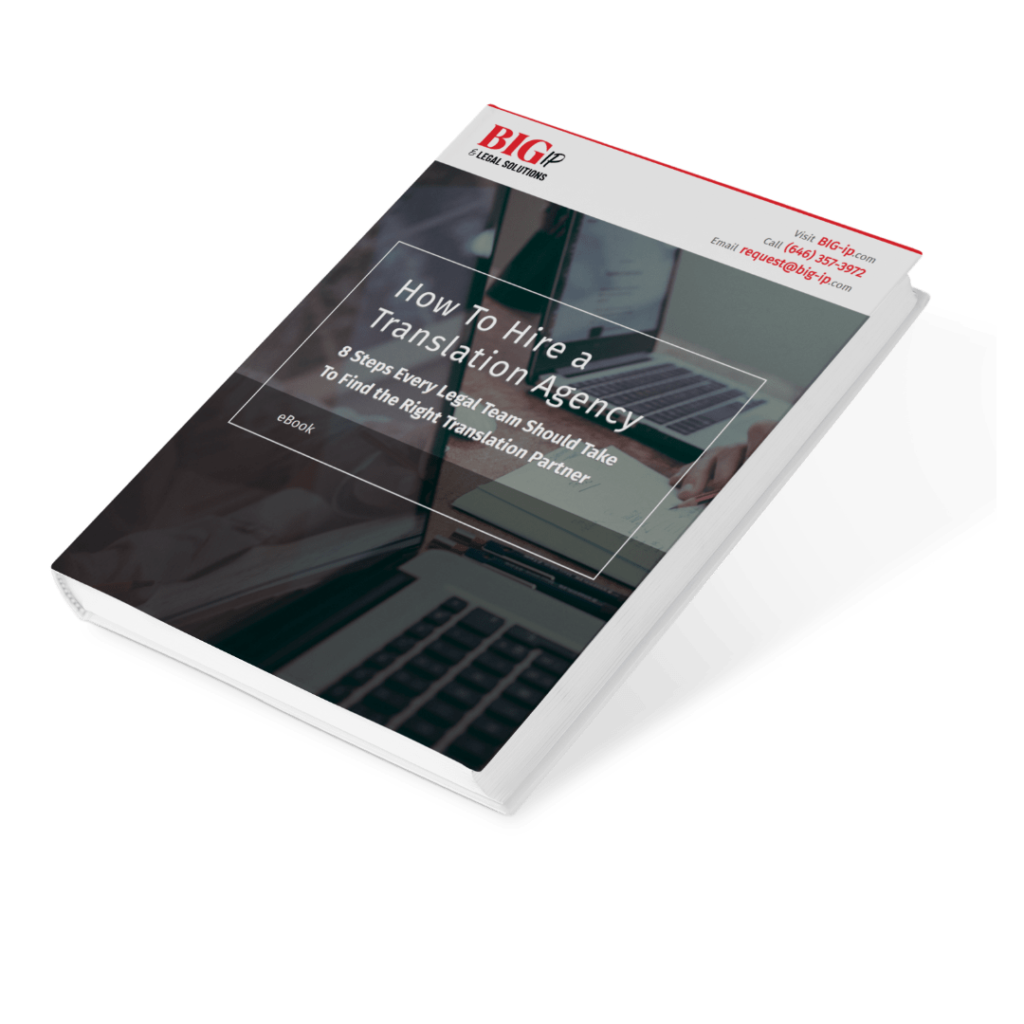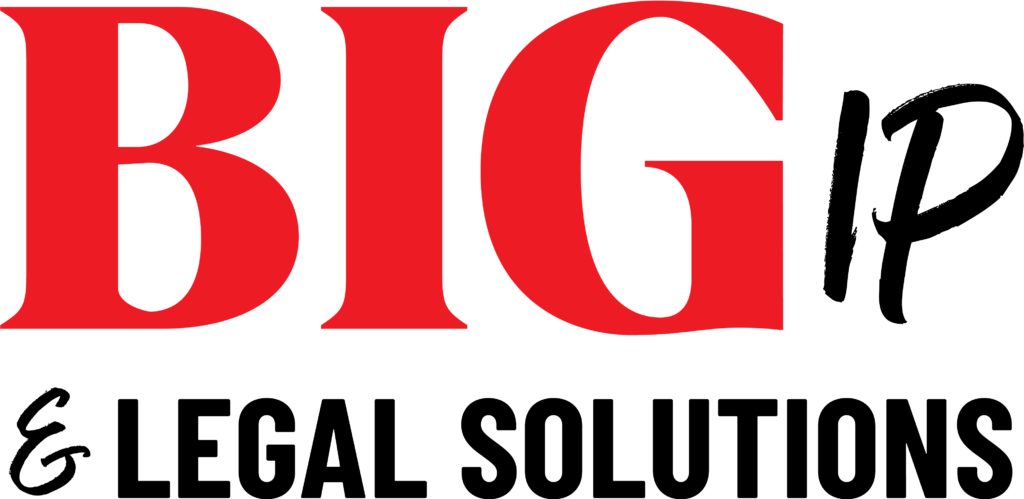To navigate the global legal system effectively requires in-depth knowledge of a myriad of different legislations, regulations, and treaties, as well as associated formalities and procedures. Holding such knowledge within a law firm or in-house legal department is not necessary, if you have the support of a trusted legal translation agency.
When it comes to the application and enforcement of the law, the legal argument offers only part of the picture. It is often adherence to the local jurisdiction’s procedures and formalities that can make or break a legal case. This can be as simple, for example, as to whether the correct form was used and if the application was filed and/or paid for on time.
With studies showing that a massive 21% of legal errors are connected to flawed document preparation, the need to take the time to get the basics right cannot be overstated. Yet, not every law firm or in-house legal department has a trusted Language Service Provider (LSP) in place when it comes to managing legal translations or localizing documentation, exposing them, their companies, and their clients to unnecessary risks.
More than a translation
As we’ve previously written, translating legal language is not the same as translating ‘ordinary’ language. The language of the law – also known as ‘legalese’ – uses specific terminology, phrasing, and grammar, which can differ drastically between different legal disciplines and industry sectors, as well as different countries, regions, and even states.
To translate it effectively requires specific legal and subject matter knowledge in both jurisdictions, as well as insight into the different formalities and procedures at play. Anything and everything from direct errors in translation to incorrectly formatted documents can lead to applications being denied, court dates prolonged, business proceedings being disrupted or costs being charged, so it is important to get it right the first time.
If a law firm’s accuracy and quality are called into question, then its reputation and financial security may be at risk. However, having to check or double-check an agent’s or vendor’s work can also negate cost margins and the potential for any profits from the work. Therefore, the support of a specialist vendor is crucial to success for both law firms and in-house legal departments.
A minimum standard?
The translation provider needs to bring an in-depth understanding of the relevant legal systems and legalese, as well as the required knowledge of the technical or scientific field or discipline to be covered by the legal text. Fluency in the relevant languages is simply not enough.
Depending on the document or legal process, certified translations may also be required, whether by businesses, courts, or government agencies. The idea is to give those parties that rely on the documents the added confidence that the legal translation has met a certain standard.
In reality, however, certified translations are not always produced to the same quality standard by translation vendors. As a result, law firms and their corporate clients should look for additional measures of quality and precision such as ISO 17100, an International Standard for delivering high quality translations, as well as translation glossaries, memories, or similar tools.
If the management of liability is a pressing concern, errors and omissions insurance can also provide additional peace of mind.,
Security first
BIG IP Language Solutions takes a 360-degree approach to the translation process, looking at the bigger picture to extend security beyond our internal platform so that all touchpoints – people, processes, and technology – are fully secure. Our entire translation approach and IT infrastructure are compliant with ISO standards 9001, 17100, and 27001 for quality, impartiality, and IT security, and SOC 2 Type II audited:
- We are certified to ISO 9001, which sets criteria for quality management systems based on key principles, including a strong customer focus, the motivation and implication of top management, the process approach, and the goal of continual improvement.
- ISO 17100 is the international standard for translation management systems and provides the framework for high-quality translations, including processes, training, people management, and use of technology.
- In compliance with ISO 27001 standards, we routinely and systematically evaluate security risks, threats, vulnerabilities, and potential impacts to our IT architecture, including network security, malware detection, cloud security, endpoint security, application security, firewalls, data encryption, and secure messaging.
- SOC 2 Type II independent auditing of our internal and external security features provides detailed information about how our clients’ data is stored, managed, and used.

Fundamental building blocks
To uphold quality in a single document, a legal translator requires legal and subject matter competence. To uphold quality across a client or business area also requires consistency across the choice of language or terminology. It is here that an LSP’s systems, processes, and technologies can make all the difference.
Computer-Assisted Translation (CAT) tools and translation glossaries ensure consistent use of legal terminology by capturing and automating word choice via a searchable database of technical and highly specialized terms. Translation memories store individual words, sentences, and even paragraphs to be repurposed across content, according to the company’s brand or corporate policies, such as its legal disclaimer, for example. Finally, translation workflows ensure that translators offer the accuracy and consistency businesses need when managing legal matters.
No matter a law firm’s practice area or specialism or an in-house legal department’s needs, the need for legal translation will only continue to grow. From supporting non-native language speakers in court proceedings to managing complex cross-border acquisitions, having the right support in place is crucial for upholding quality and controlling costs.
How To Hire a Translation Agency
8 Steps Every Legal Team Should Take To Find the Right Translation Partner
Download EBook
EBOOK
For advice and insight on how to select the right provider,.
BIG IP Language Solutions is a global leader in legal translation services, providing specialized services across more than 200 languages. Drawing on 50+ years of experience, our united team of technical translation specialists provides prompt, secure, and cost-effective solutions to law firms and legal departments for both routine and time-pressured legal matters. Whether we’re supporting global patent applications, legal transactions, antitrust with M&A activities, or litigation, our stringent quality assurance protocols ensure commercially sensitive data and documents are safeguarded and translated to the highest standard. Contact us discuss your legal translation needs.








